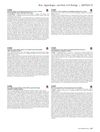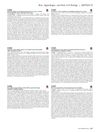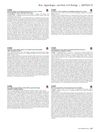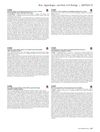Age-Dependent Loss of the Stemness and Antimicrobial Defense Function of Dermal Fibroblasts Is Mediated by TGFbeta
April 2018
in “
Journal of Investigative Dermatology
”
TGFbeta dermal fibroblasts antimicrobial peptides AMP Camp gene dermal white adipose tissue dWAT TGFBR inhibitors adipogenic-antimicrobial function profibrotic features TGF-beta skin fibroblasts antimicrobial proteins skin fat tissue TGF-beta receptor inhibitors fat-antimicrobial function fibrotic features
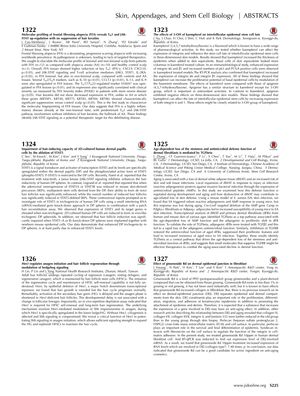
TLDR Aging reduces skin cell renewal and defense against germs due to TGFbeta, but blocking TGFbeta could help restore these functions.
The document presents an abstract (1325) from a study that investigated the age-related decline in the stemness and antimicrobial defense function of dermal fibroblasts, which is mediated by TGFbeta. The study used a mouse model of S. aureus skin infection and found that young mice exhibited a robust reactive adipogenesis and antimicrobial peptide (AMP) response, which was lost with aging. Targeted deletion of the AMP gene Camp in fibroblasts or adipocytes increased susceptibility to infection in young mice. Transcriptional analysis of dermal white adipose tissue (dWAT) and primary dermal fibroblasts (dFBs) from humans and mice of various ages identified TGFbeta as a key pathway associated with the loss of AMP function and the shift from adipogenic to profibrotic features in dFBs. Treatment with TGFB2 led to a loss of adipogenic-antimicrobial function in dFBs, while inhibition of TGFBR restored antimicrobial function in aged dFBs, reduced their profibrotic features, and increased resistance to infection in aged mice. The results suggest that TGFbeta drives the age-dependent loss of stemness and antimicrobial function in dFBs, and that TGFBR inhibitors could be potential therapeutics to combat the decline in dermal function associated with aging.

